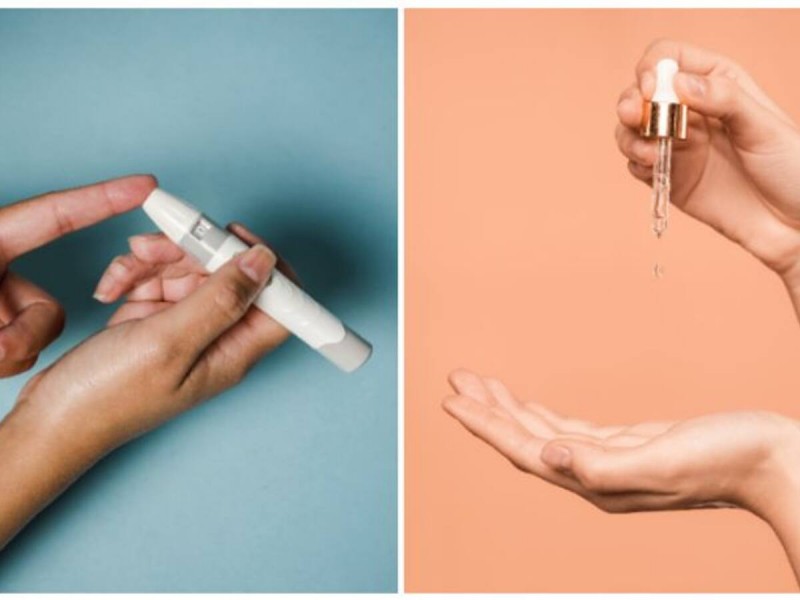
The monsoon season brings relief from the scorching heat, but it also introduces unique challenges, especially for those with diabetes. Diabetic individuals need to pay extra attention to their skin during this time, as the increased humidity and moisture can lead to various skin issues. In this article, we'll explore effective ways to protect your skin as a diabetic during the monsoon season.
Diabetes affects the body's ability to regulate blood sugar levels, which can have a significant impact on skin health. High blood sugar levels can lead to reduced skin elasticity, making it more susceptible to infections and irritations.
Monsoon Challenges for Diabetic Skin
During the monsoon, the excess moisture in the air can lead to fungal and bacterial infections, which can be particularly troublesome for diabetics. Additionally, the damp conditions can cause itching, rashes, and skin inflammation.
Regular bathing and keeping your skin clean and dry are essential during the monsoon season. Use mild, pH-balanced soaps to avoid stripping your skin of its natural oils.
Proper hydration is crucial for maintaining skin health. Drink plenty of water throughout the day to keep your skin moisturized from the inside out.
Opt for lightweight and breathable fabrics that allow your skin to breathe. Avoid tight clothing, as it can lead to friction and irritation.
Areas where skin folds, such as the groin and underarms, are more prone to infections. Use a soft towel to keep these areas dry, and apply a talcum powder to prevent moisture buildup.
Even though the air is humid, your skin may still require additional moisture. Choose a water-based moisturizer to maintain the skin's natural balance.
Itchy skin is a common issue during the monsoon. Avoid scratching, as it can lead to infections. Instead, use a cold compress or a soothing lotion to alleviate itching.
Diabetic individuals need to pay special attention to their feet. Keep your feet clean and dry, and inspect them daily for any cuts, sores, or blisters.
Trim your nails regularly and avoid cutting them too short. Ingrown toenails can lead to infections, which can be particularly troublesome for diabetics.
Consult your healthcare provider or dermatologist for personalized advice on skincare during the monsoon season. They can recommend products and strategies tailored to your specific needs. As a diabetic, taking care of your skin becomes even more crucial during the monsoon season. By following these protective tips, you can minimize the risk of infections, irritations, and other skin issues. Remember that prevention is key, and maintaining a consistent skincare routine can go a long way in keeping your skin healthy and radiant.
Crafting Effective Telecom Legislation: A Step-by-Step Guide
Airtel Launches 5G Services in Patna: A New Era of Connectivity Begins
BSNL's Resurgence: Empowering India's Digital Future with 4G and 5G